Home>Gardening & Outdoor>Landscaping Ideas>How Many Nfl Fields Have Real Grass
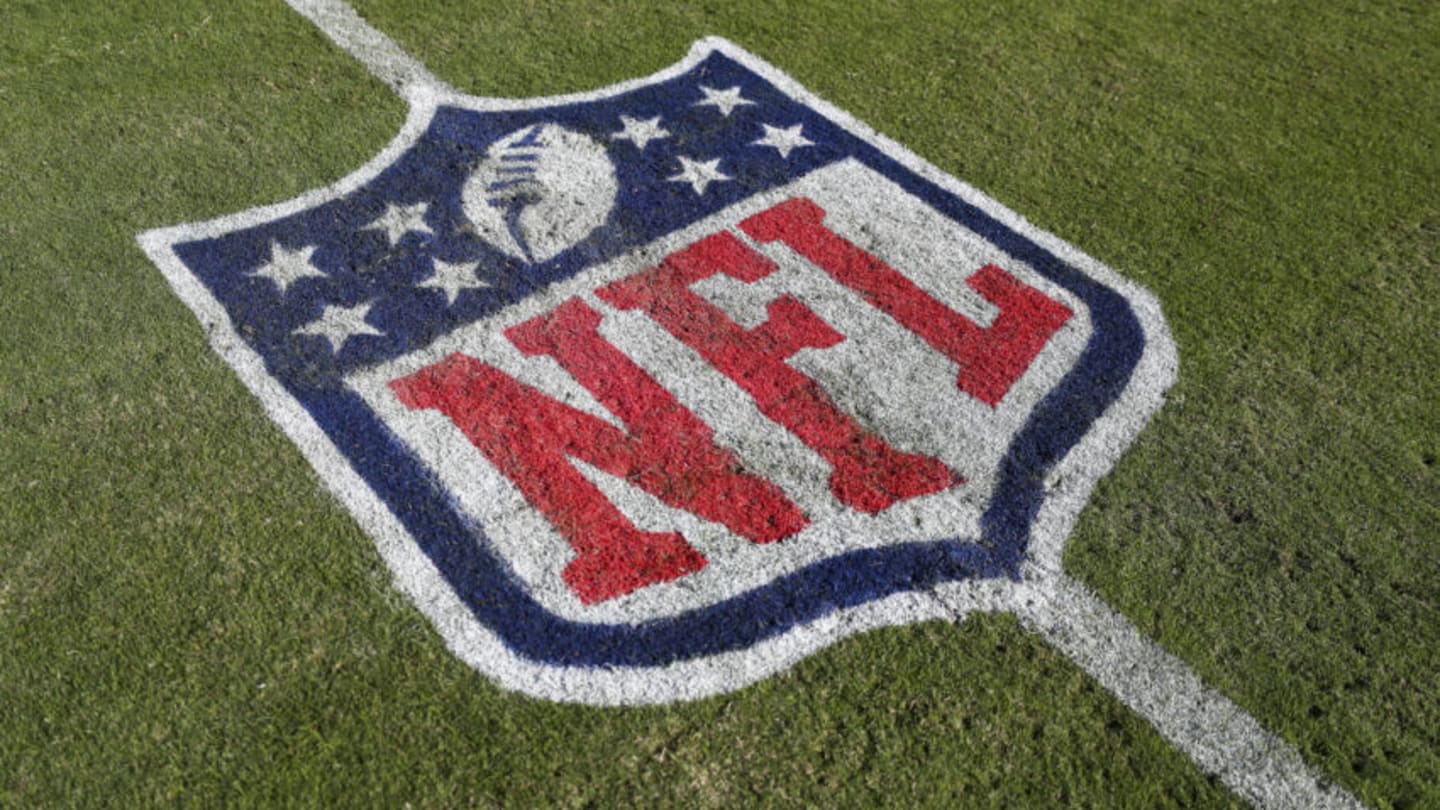

Landscaping Ideas
How Many Nfl Fields Have Real Grass
Modified: February 18, 2024
Discover how many NFL fields have real grass and get landscaping ideas for your outdoor space. Explore natural turf options for a sustainable and beautiful yard.
(Many of the links in this article redirect to a specific reviewed product. Your purchase of these products through affiliate links helps to generate commission for Storables.com, at no extra cost. Learn more)
Introduction
When it comes to the game of football, the playing surface can have a significant impact on the overall experience for both players and spectators. While artificial turf has become increasingly popular in sports arenas, the allure of real grass fields continues to captivate fans and players alike. In the National Football League (NFL), the choice between real grass and artificial turf has been a subject of much debate and consideration. In this article, we will explore the advantages and challenges of real grass fields, delve into the intricacies of maintaining natural turf, and take a closer look at the NFL stadiums that proudly boast real grass fields. Whether you’re a die-hard football enthusiast or simply curious about the inner workings of NFL stadiums, this exploration of real grass fields in the league is sure to pique your interest and provide valuable insights into the world of professional football.
Key Takeaways:
- Real grass fields in NFL stadiums offer a visually stunning backdrop and natural cushioning, enhancing the football experience for players and fans alike.
- Despite the challenges of maintenance, NFL stadiums like Lambeau Field and Levi’s Stadium uphold the tradition and allure of real grass, enriching the football experience.
Read more: What Nfl Fields Have Real Grass
The Benefits of Real Grass
Real grass fields offer a multitude of benefits that contribute to the allure and appeal of natural turf in NFL stadiums. One of the most prominent advantages of real grass is its natural and aesthetically pleasing appearance. The vibrant green hues of a well-maintained grass field create a visually stunning backdrop for the intense action on the gridiron, enhancing the overall ambiance of the stadium.
Furthermore, real grass provides a more forgiving and natural playing surface for athletes. The cushioning effect of grass can help reduce the impact on players’ joints, potentially lowering the risk of certain injuries compared to playing on artificial turf. Additionally, the traction and grip offered by natural grass can enhance players’ agility and maneuverability, allowing for more dynamic and fluid gameplay.
Moreover, real grass has the remarkable ability to regulate temperature and absorb heat, making it a more comfortable surface for players, particularly during hot weather. The cooling effect of natural grass can contribute to a more enjoyable and sustainable playing environment, especially in outdoor stadiums exposed to varying climatic conditions.
From a sustainability standpoint, real grass fields also offer environmental benefits. Natural turf helps mitigate stormwater runoff, reduces carbon dioxide levels, and contributes to overall air purification. Additionally, the natural process of photosynthesis in grass helps capture and store carbon, making it a valuable asset in the fight against climate change.
Finally, the sensory experience of playing on real grass cannot be overlooked. The earthy scent of freshly mown grass, the soft rustling of blades in the wind, and the tactile sensation of natural turf underfoot all contribute to a deeply immersive and authentic playing experience for athletes.
The Challenges of Maintaining Real Grass
While the benefits of real grass fields are undeniable, the maintenance of natural turf presents a unique set of challenges, particularly in the context of NFL stadiums where the playing surface is subjected to rigorous use and scrutiny.
One of the primary challenges of maintaining real grass is the intricate and labor-intensive care it demands. From regular mowing and irrigation to fertilization and aeration, the upkeep of natural turf requires dedicated attention and expertise. Groundskeepers face the daunting task of ensuring that the grass remains at an optimal height, receives adequate hydration, and is fortified with essential nutrients to withstand the demands of professional football games.
Moreover, natural grass fields are susceptible to environmental factors that can impact their condition. Adverse weather, such as heavy rain or extreme heat, can take a toll on the grass, leading to issues like waterlogging, compaction, or wilting. Additionally, the natural growth patterns of grass can result in uneven surfaces and divots, posing potential hazards for players and affecting the quality of gameplay.
Another significant challenge in maintaining real grass fields is the need for strategic turf management to accommodate multiple events and minimize wear and tear. NFL stadiums often host a variety of activities beyond football games, including concerts, soccer matches, and other sporting events. Balancing the requirements of different events while preserving the integrity of the grass presents a complex juggling act for stadium management and groundskeeping teams.
Furthermore, the pressure to deliver a pristine playing surface for televised games adds an extra layer of complexity to the maintenance of real grass fields. The expectations for visual perfection, coupled with the intense scrutiny of every blade of grass on camera, place a premium on the precision and consistency of turf management practices.
Despite these challenges, the allure of real grass fields in NFL stadiums persists, driven by the unparalleled sensory experience and performance benefits they offer to players and fans alike.
There are currently 17 NFL stadiums with real grass fields. These stadiums include Lambeau Field, Soldier Field, and Arrowhead Stadium, among others.
NFL Stadiums with Real Grass Fields
While the prevalence of artificial turf has grown in the NFL, several stadiums proudly maintain real grass fields, each with its own unique characteristics and challenges. These natural turf venues uphold the tradition and allure of playing on real grass, providing players and spectators with an authentic football experience.
One iconic stadium renowned for its natural grass field is Lambeau Field, home to the Green Bay Packers. The hallowed grounds of Lambeau are graced by a lush expanse of Kentucky bluegrass, meticulously cared for to uphold the Packers’ storied legacy. The natural turf at Lambeau Field embodies the essence of football tradition, serving as a hallowed stage for the team’s enduring legacy and the fervent support of its dedicated fan base.
Another notable NFL stadium with a real grass field is Arrowhead Stadium, the home of the Kansas City Chiefs. The meticulously maintained grass surface at Arrowhead provides a picturesque setting for thrilling gridiron battles, complementing the electric atmosphere generated by the Chiefs’ passionate fan base. The natural turf at Arrowhead Stadium stands as a testament to the team’s commitment to providing players with an optimal playing surface while offering fans an authentic football experience.
Furthermore, Levi’s Stadium, home to the San Francisco 49ers, boasts a hybrid Bermuda grass field known for its durability and resilience. This innovative natural turf system combines natural grass with synthetic fibers, enhancing the field’s ability to withstand heavy use and diverse weather conditions. Levi’s Stadium stands as a testament to the evolving technology and expertise employed in maintaining high-performance real grass fields in the modern era of professional football.
Additionally, the iconic Soldier Field, home to the Chicago Bears, features a natural grass surface that endures the rigors of the Windy City’s climate. The groundskeeping team at Soldier Field employs advanced turf management practices to ensure that the grass remains vibrant and resilient, providing players with a dependable and visually striking playing surface amid the storied history of the franchise.
These NFL stadiums with real grass fields embody the enduring appeal and significance of natural turf in professional football. Their commitment to maintaining high-quality grass surfaces reflects the timeless allure and intrinsic value of real grass in the world of sports.
Conclusion
The debate over real grass versus artificial turf in NFL stadiums underscores the significance of the playing surface in shaping the football experience. While artificial turf offers practical advantages in terms of durability and consistency, the allure of real grass fields remains deeply ingrained in the traditions and sensory appeal of the sport.
Real grass fields provide a visually stunning and natural backdrop for the intense action on the gridiron, enhancing the overall ambiance of NFL stadiums. The cushioning effect and traction offered by natural grass contribute to a more forgiving and dynamic playing surface, potentially reducing the risk of certain injuries and enhancing players’ agility.
However, the maintenance of real grass fields presents a unique set of challenges, from labor-intensive care to the impact of environmental factors and the need for strategic turf management. Despite these challenges, NFL stadiums with real grass fields continue to uphold the tradition and authenticity of the sport, providing players and fans with an immersive and genuine football experience.
From the hallowed grounds of Lambeau Field to the resilient turf at Levi’s Stadium, each NFL stadium with a real grass field embodies the enduring appeal and significance of natural turf in professional football. These venues stand as testaments to the timeless allure and intrinsic value of real grass, enriching the football experience and preserving the traditions that define the sport.
As the NFL continues to evolve, the coexistence of real grass and artificial turf reflects the ongoing pursuit of innovation and excellence in providing optimal playing surfaces for athletes. Whether under the open skies or the glow of stadium lights, the natural beauty and performance benefits of real grass fields endure as integral elements of the football landscape, captivating players and fans alike with their timeless appeal.
Frequently Asked Questions about How Many Nfl Fields Have Real Grass
Was this page helpful?
At Storables.com, we guarantee accurate and reliable information. Our content, validated by Expert Board Contributors, is crafted following stringent Editorial Policies. We're committed to providing you with well-researched, expert-backed insights for all your informational needs.
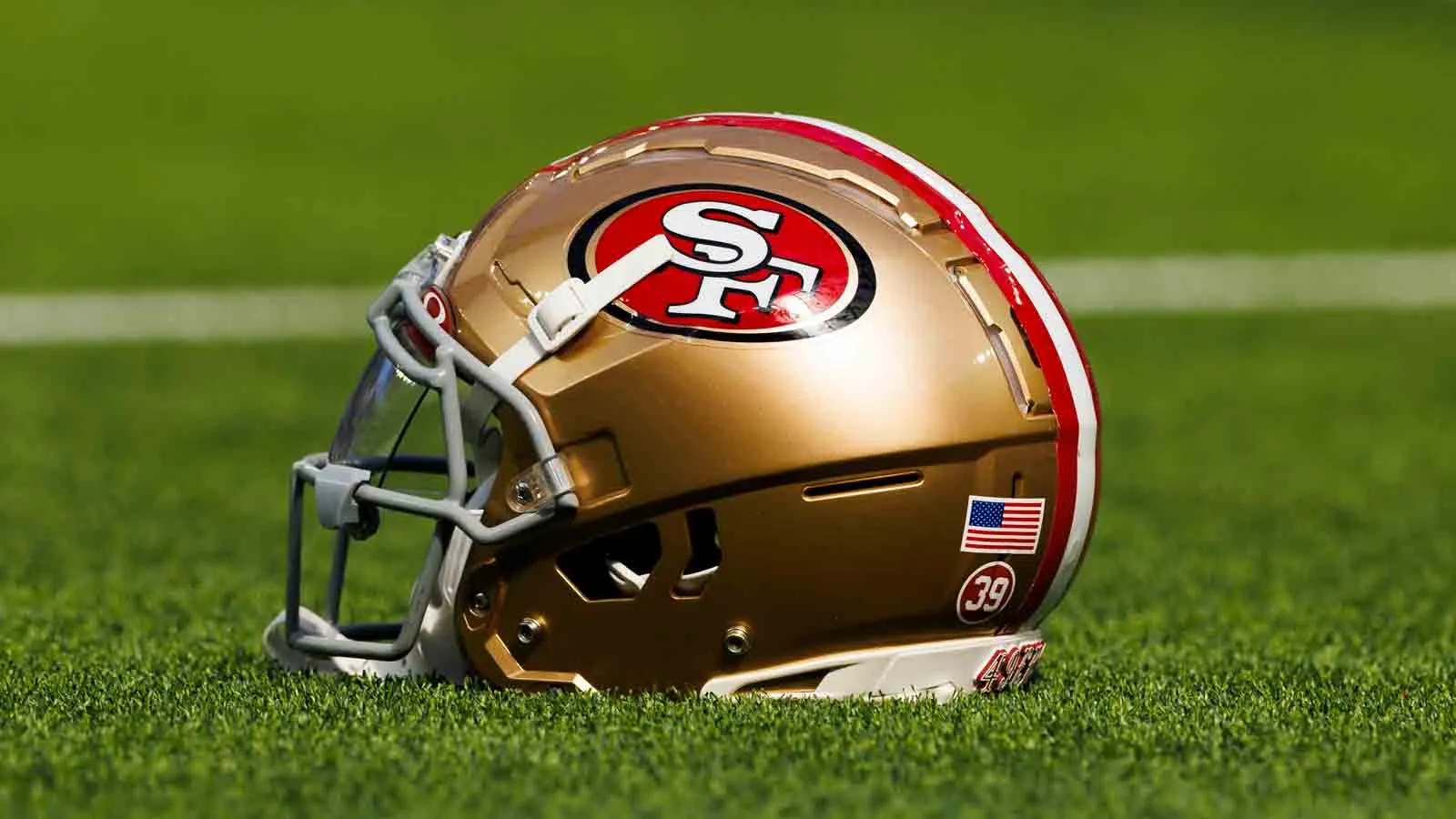
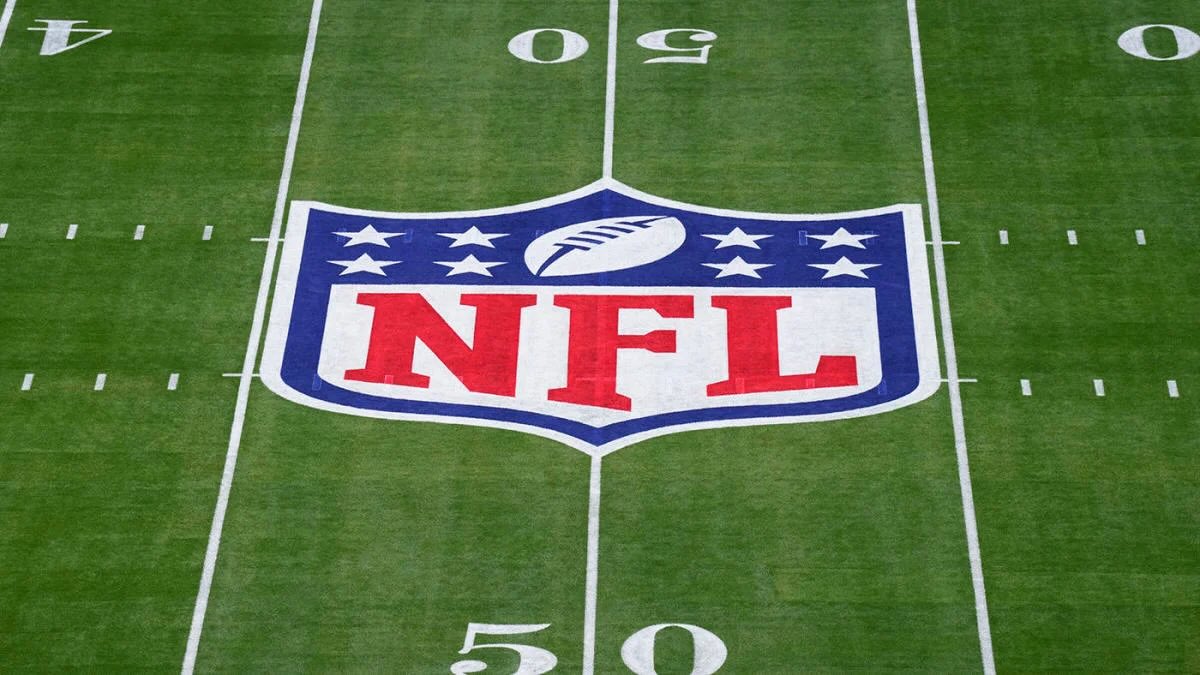
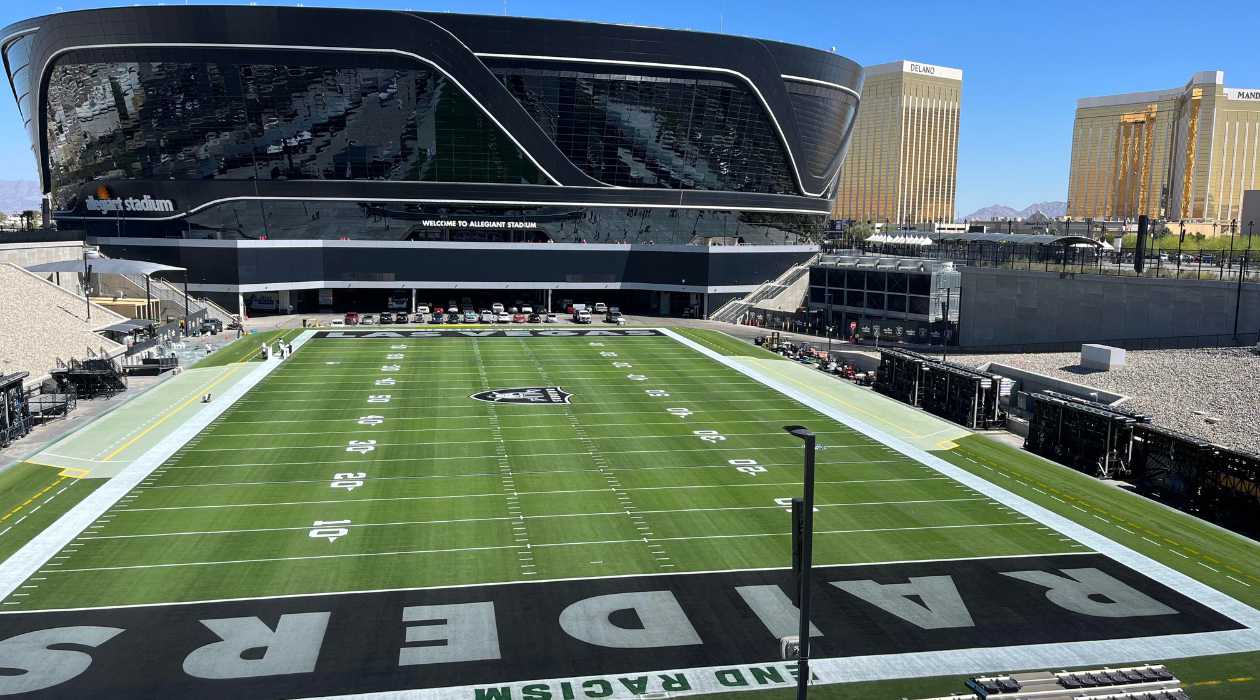
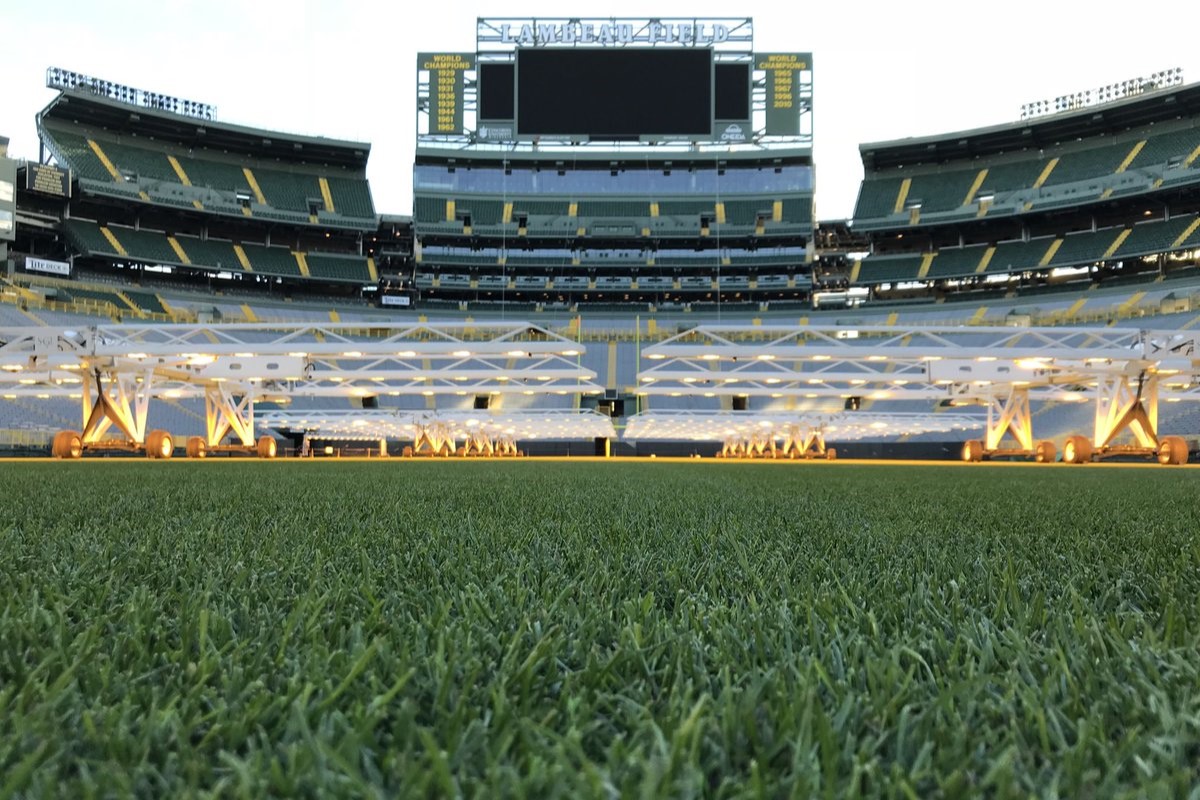
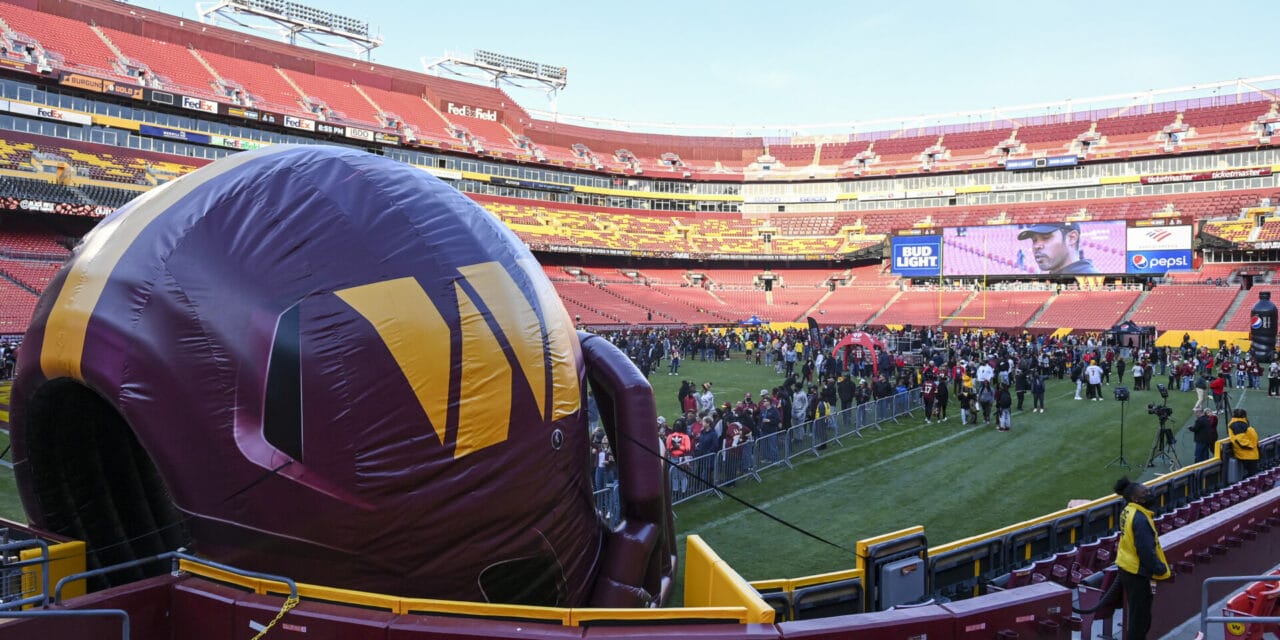
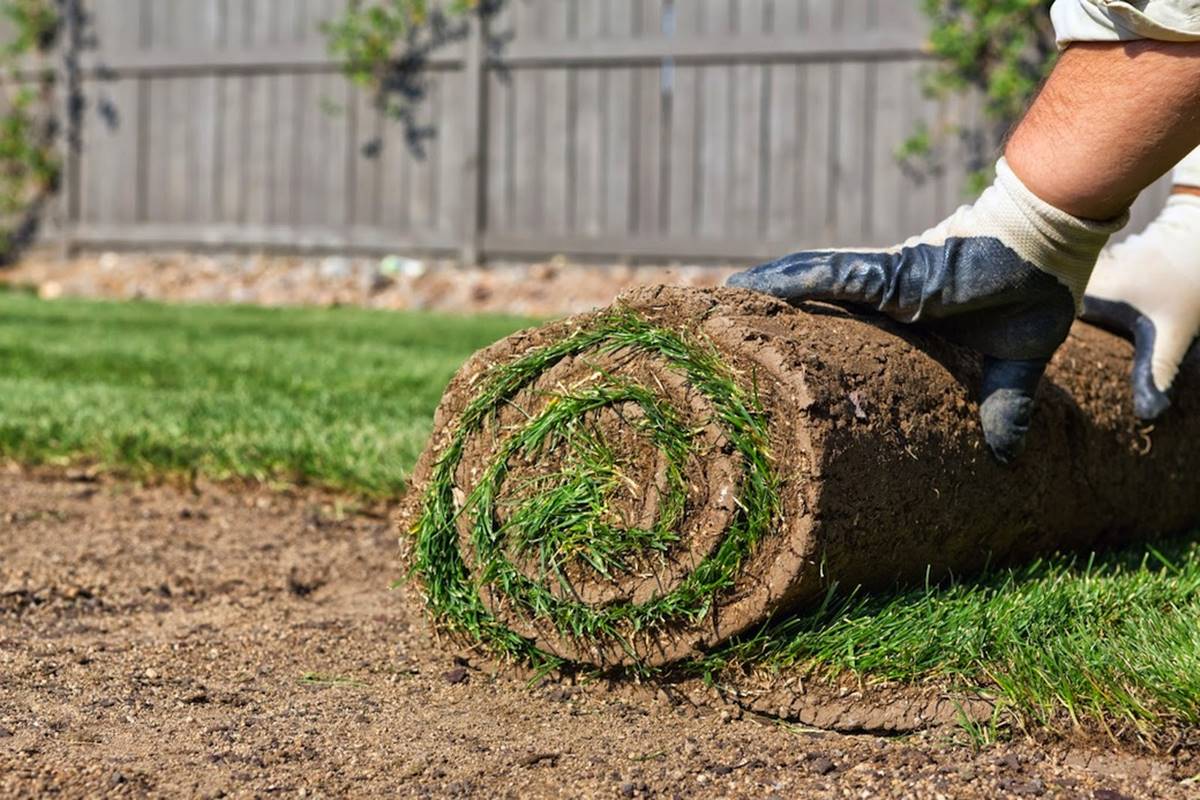
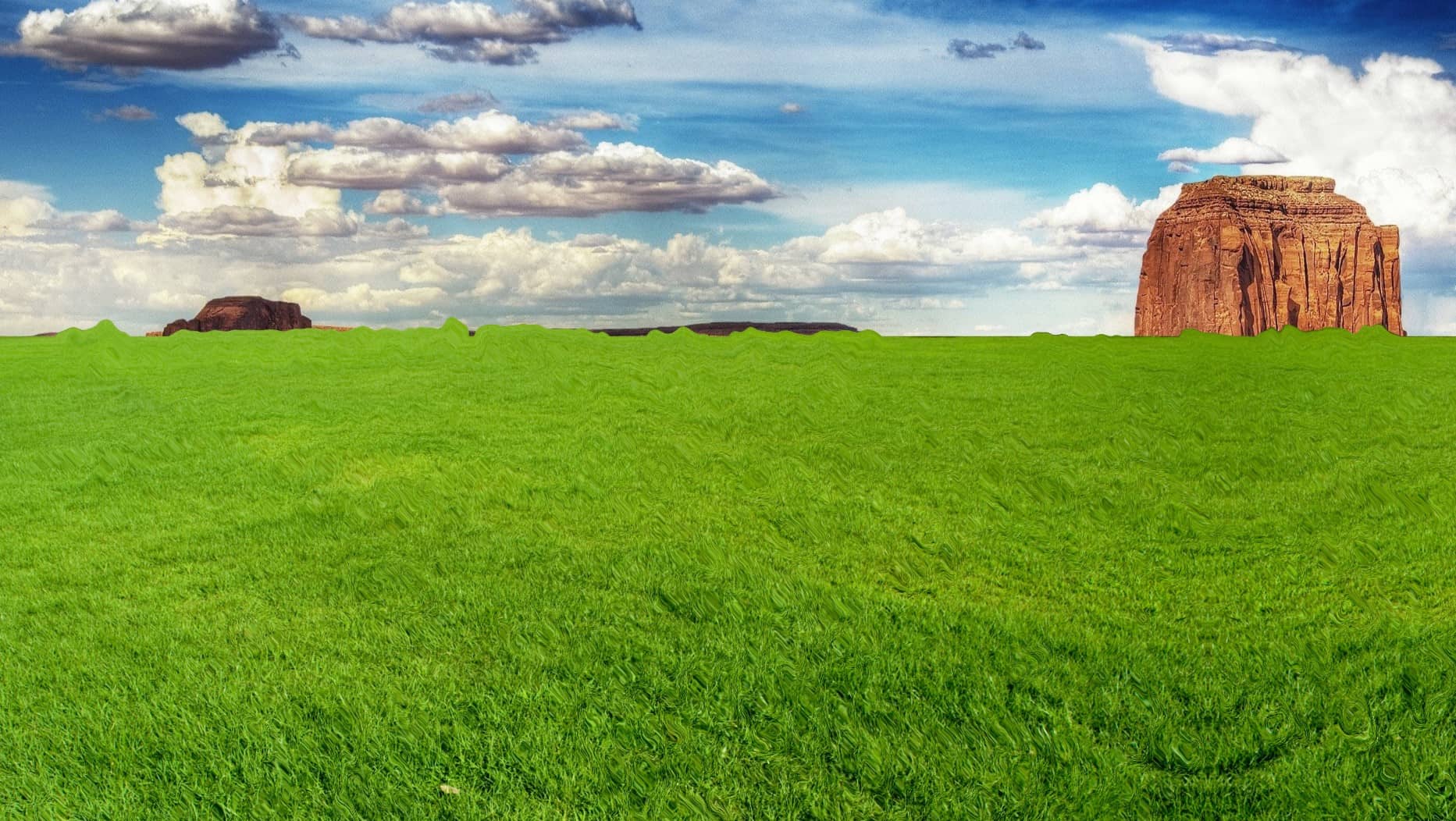
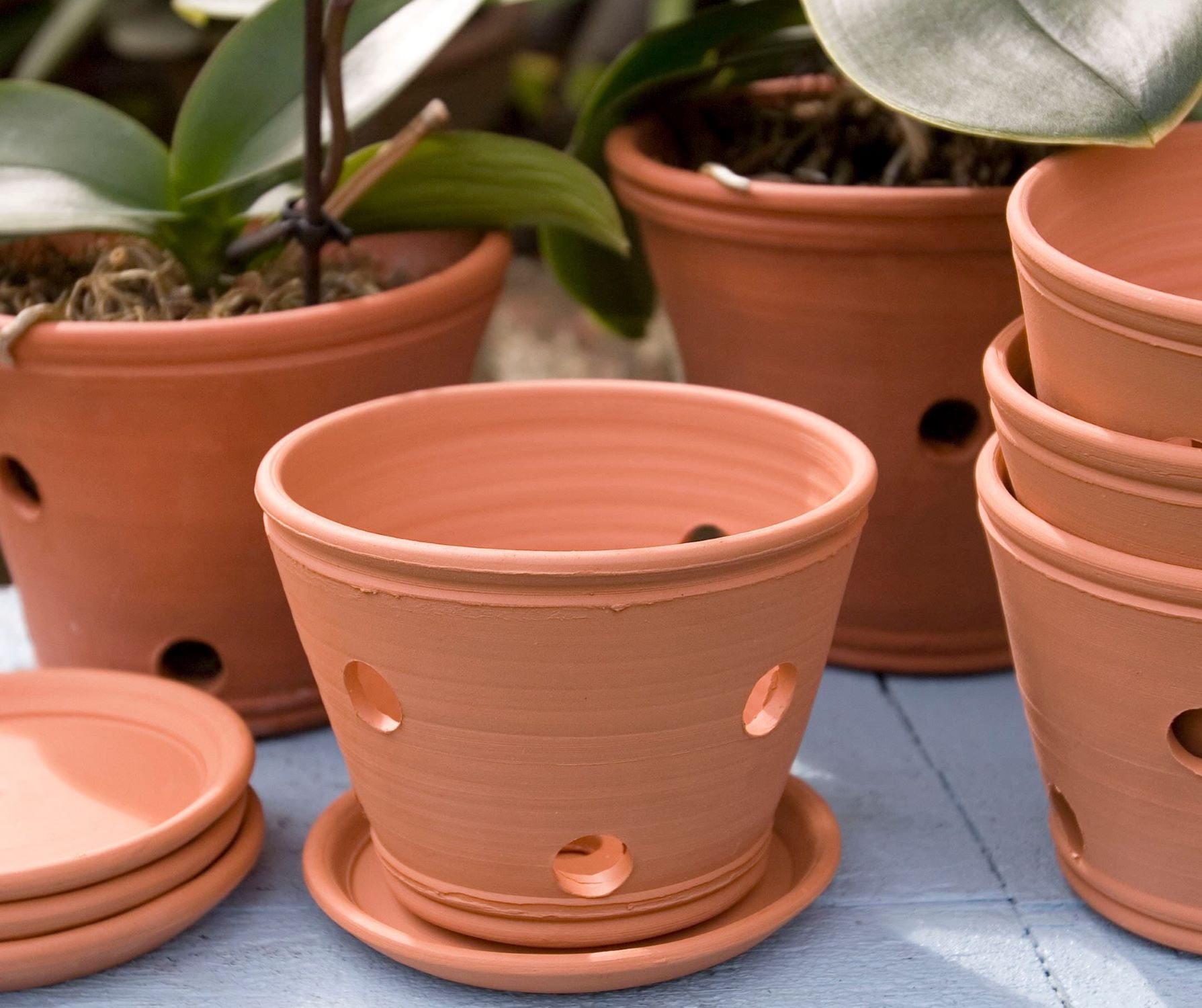

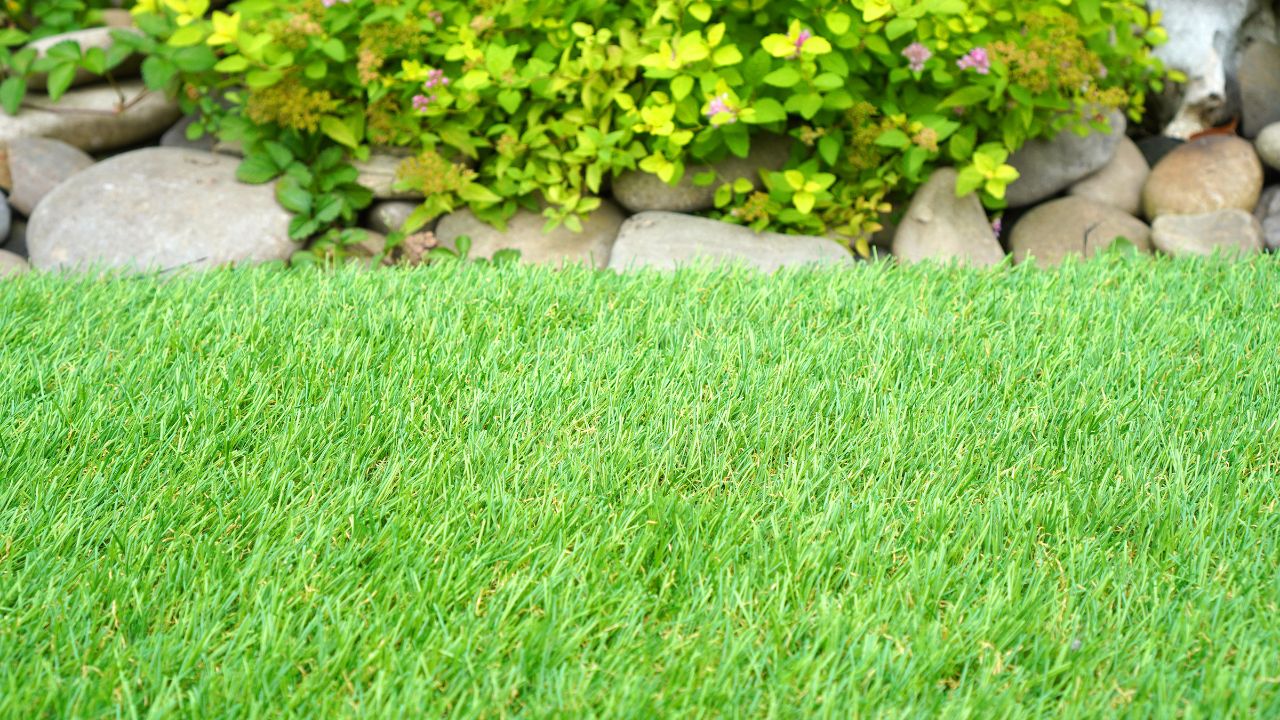
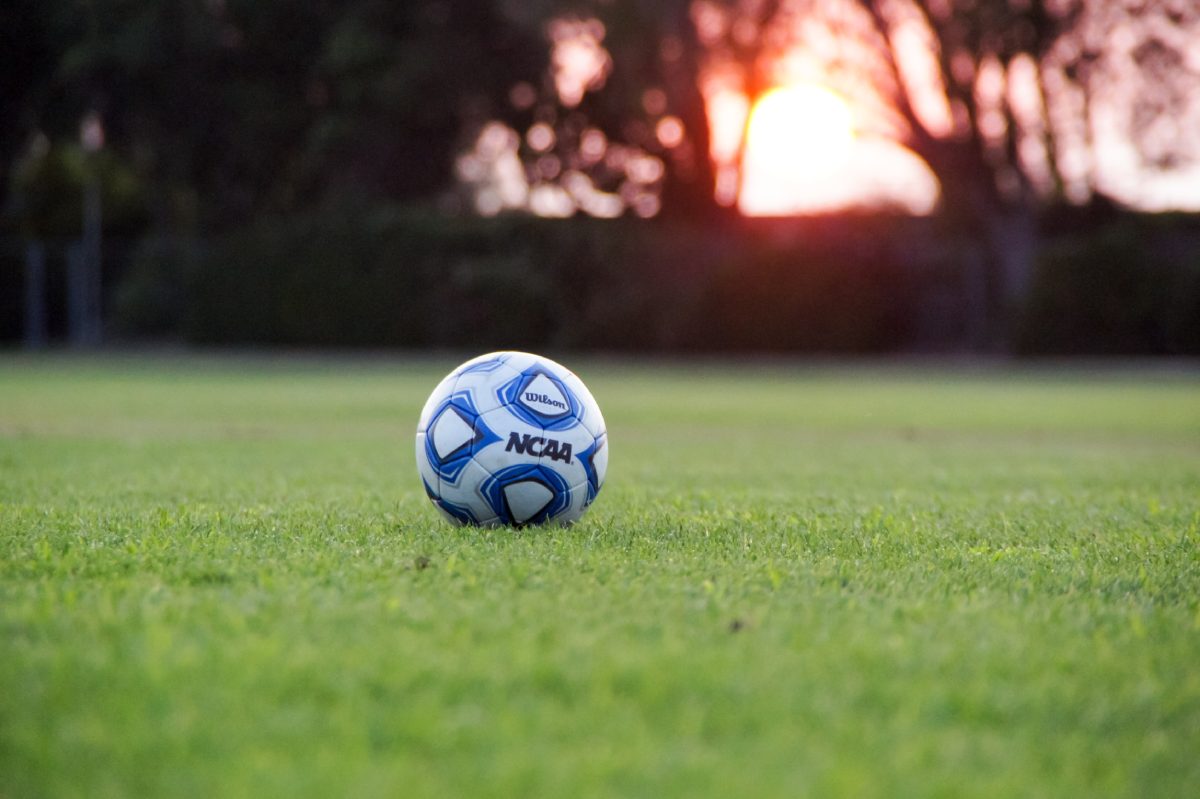
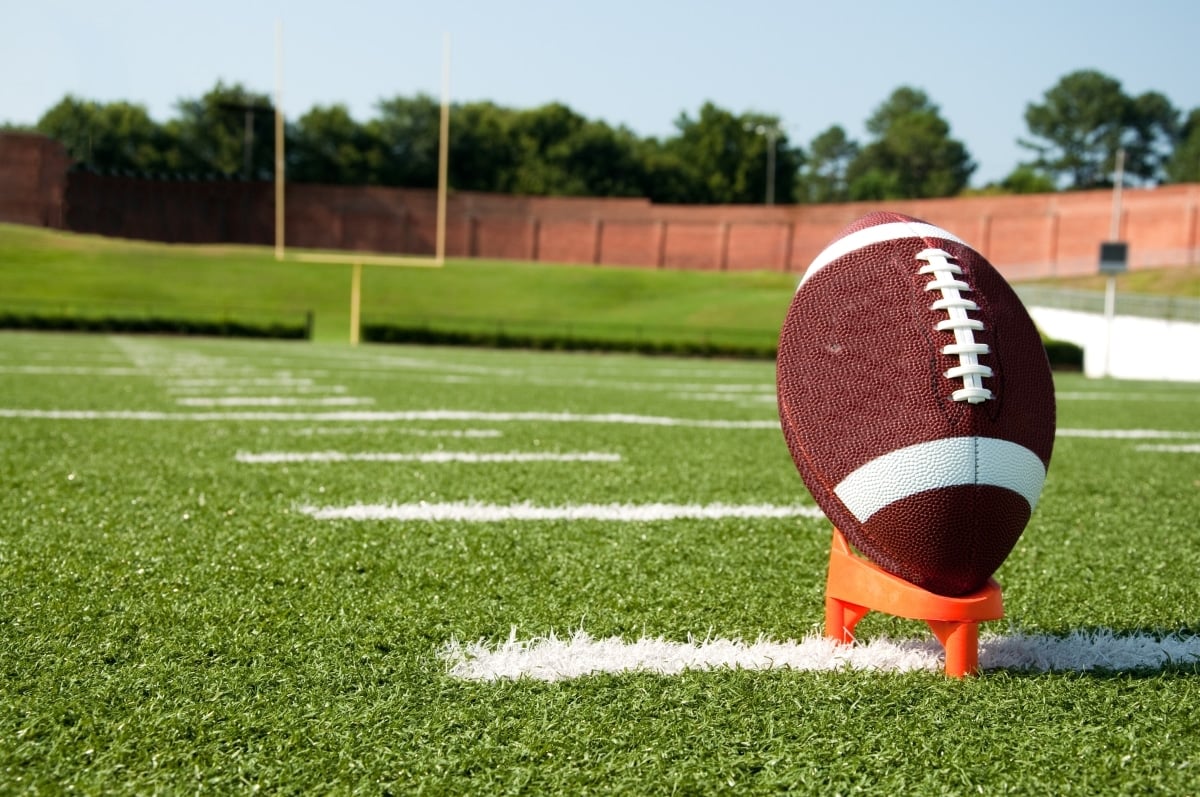
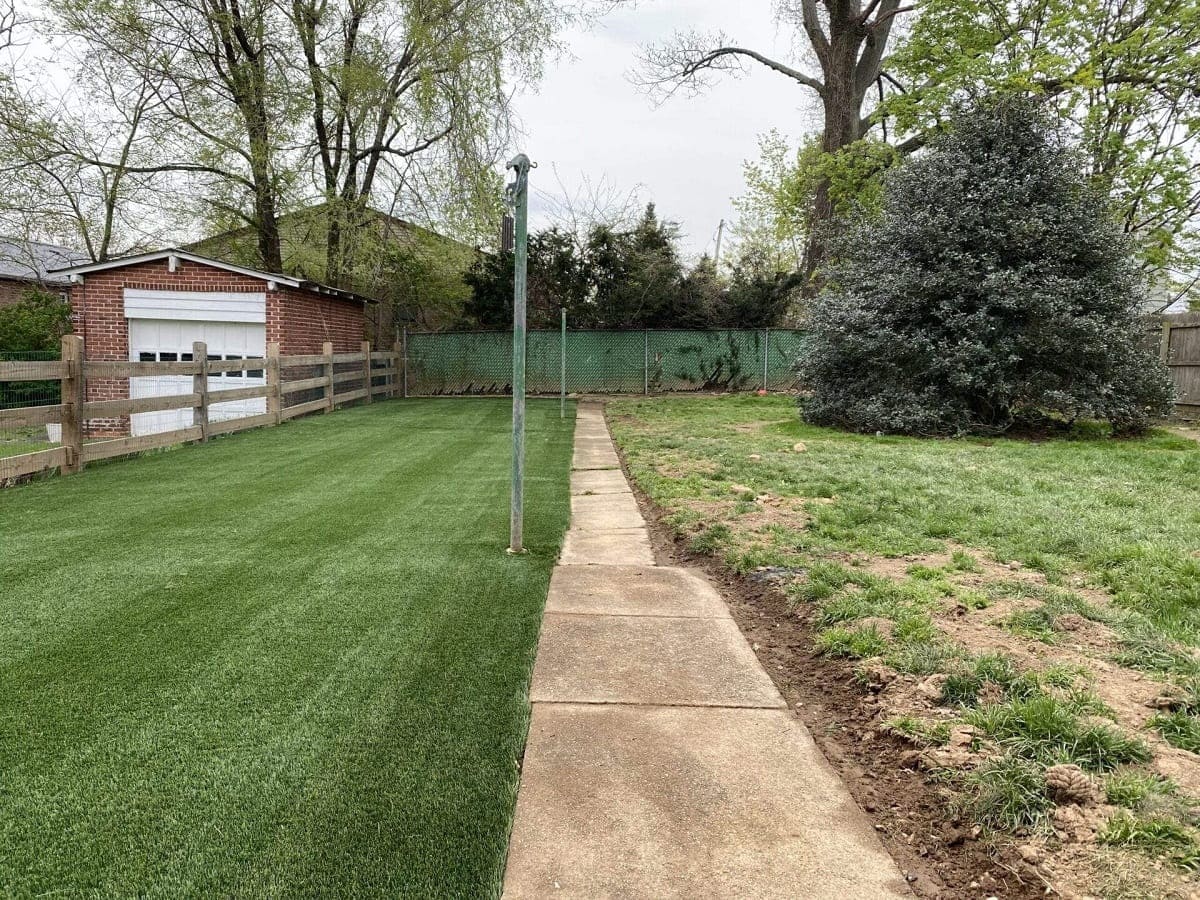

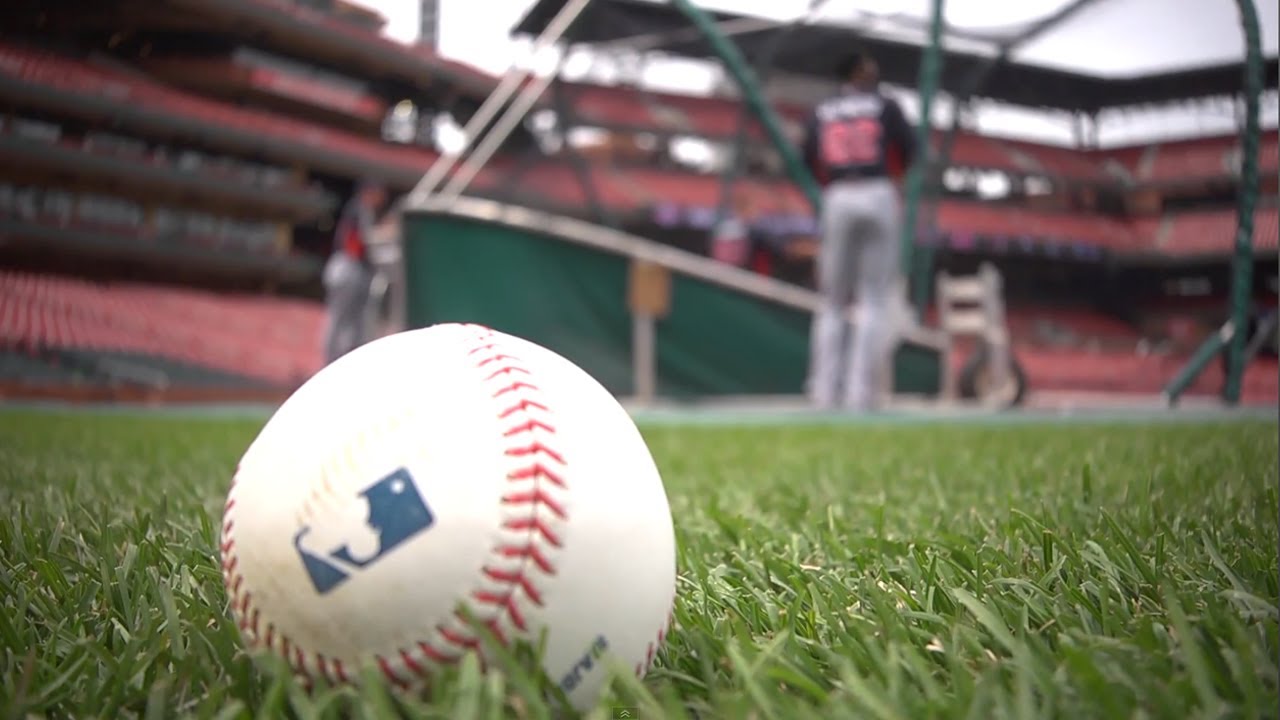

0 thoughts on “How Many Nfl Fields Have Real Grass”